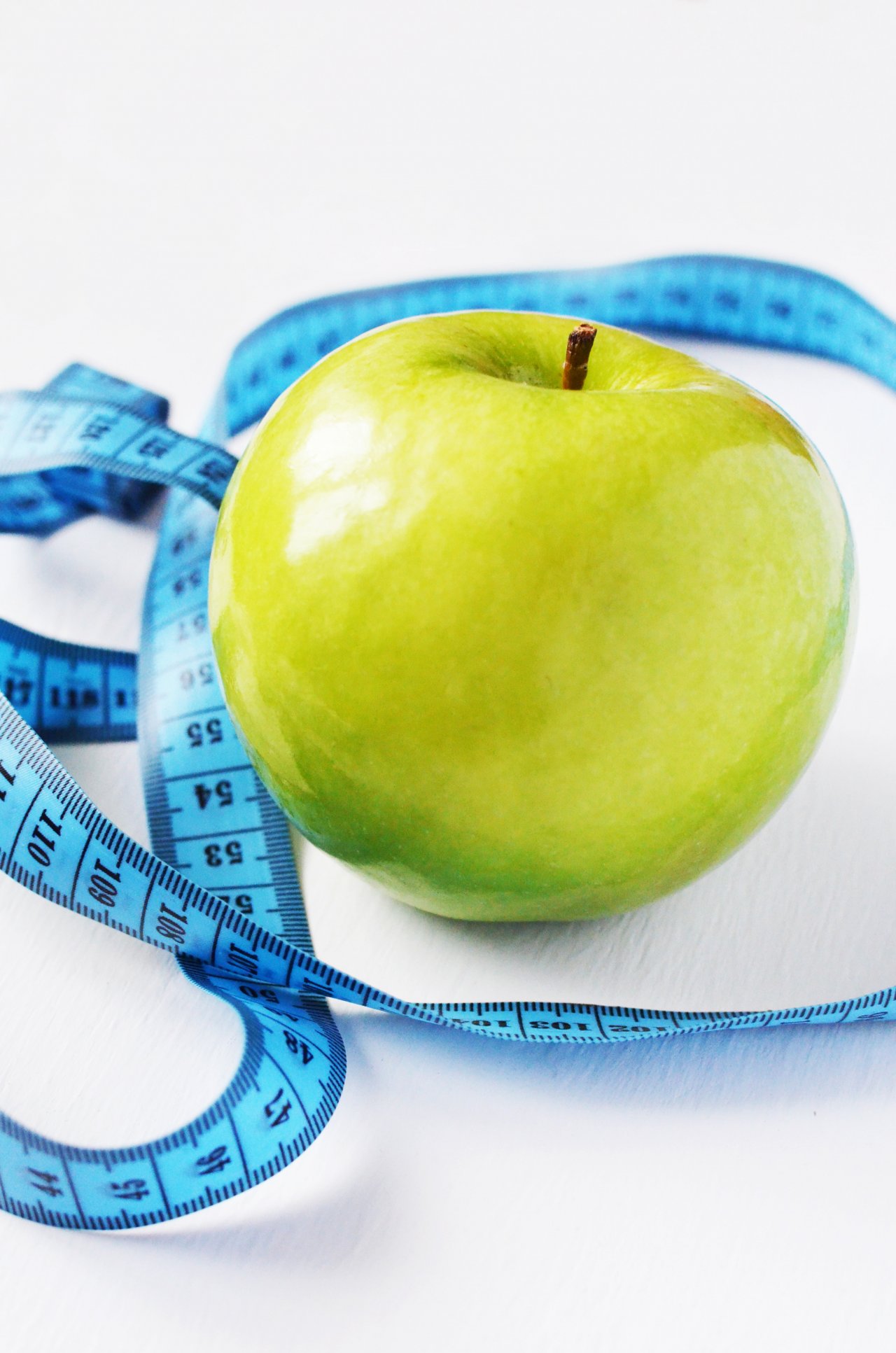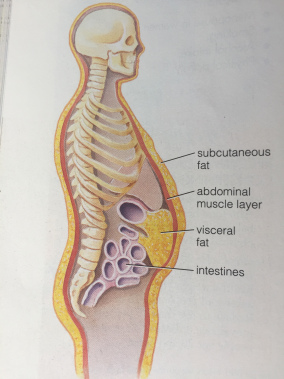
Understanding body composition-lean body mass, skeletal mass, body fat percentage and how it relates to optimal health and disease prevention is a fresh outlook in regards to weight wellness instead of strictly weight loss.
I believe in the importance of having body competition data to be sure we are losing body fat and gaining muscle when we see the scale shifting in either direction.
Let’s talk visceral fat
First off there are two types of Abdominal Fat: subcutaneous – the fat that is outside of your organs, can pinch with fingers and visceral – surrounding the organs, deadly in high amounts.
What causes high visceral fat? Poor diet, lack of exercise, stress, aging, hormones, and genetics.
FitPros that is part of the Trainerize community is all about creating healthy lifestyle habits. When it comes to visceral fat loss, in particular, I’d like to offer some helpful tips about mindful eating and stress management.
Stress Management
There are many easy activities you can incorporate into your daily life to help shift your focus and your mindset when you begin to feel stress. First, focus on what can you take direct control of this may be incorporating the use of stress-modulating herbs called adaptogens into your diet, participating in an exercise program you enjoy, a spa treatment, cooking a meal you love, or simply turning off your phone for an hour.
Whatever your stress-relieving activity is, schedule it into your calendar at least once a week. It is crucial to make room in your routine for important self-care tasks like you would with a doctor or dentist appointment. Dedicating time throughout your week to self-care routines will improve the consistency of your actions.
Mindful Eating Practices
Paying attention to the physical feelings of hunger. Are you physiologically hungry and actually in need of nutrition? Or are you psychologically hungry and experiencing cravings of food because your thirsty, stressed or bored?
Identifying cravings
This is your body communicating with you and could be indicating you need a specific nutrient. Example: Craving salty foods like pickles or chips could mean you need to replenish sodium and/or electrolytes. Try adding ConcenTrace Mineral drops to your water, or make your own kale chips for a healthy snack. Craving onions could mean you need more sulfur in your diet for liver function. Chocolate cravings often indicate that your body is deficient in magnesium, which is a common deficiency. You can try adding mineral drops to your water. If you’re going to eat chocolate try adding cocoa powder to your smoothie, or dark chocolate as your 15% fun.
The sensation of fullness
Also known as satiety. Having fiber, balanced protein and healthy fats as part of your meals and snacks will help you feel full after eating.
Taste satisfaction
Enjoying the food you eat is important for your body to get the most nutrition for your cells. Clean eating doesn’t have to be boring! Explore new spices, fresh herbs, and seasonings. New recipes will excite your meal planning.
Gratitude
Take a moment before you consume your meal to think about what it took to get from farm to table. It is recommended we chew our food 20-30 times before swallowing. Focus on feeling satisfied with how you have chosen to fuel your body.
New findings published in the Journal of Obesity suggest that combining a technique called mindful eating with stress management can help reduce cortisol levels and the resulting belly fat. The most effective mindful eating practices are paying attention to the physical feelings of hunger, identifying cravings, the sensation of fullness, and taste satisfaction so you fully enjoy your eating experience and feel satisfied with how you have fueled your body.
————————————————-
Resources:
Read more about stress management
Read more about mindful eating and quality foods over quantity



